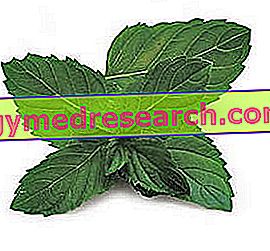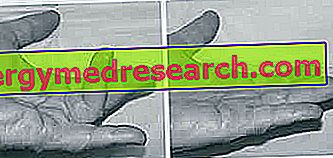Related articles: Episclerite
Definition
Episcleritis is an inflammation of the episcleral tissue, ie the outermost layer of the sclera, rich in connective tissue and blood vessels.
The condition is usually idiopathic, so the cause remains unknown.
Episcleritis occurs mainly in young adults, most commonly among women. In some cases, inflammation of the episclera may be associated with connective or systemic tissue disorders, such as gout, rosacea, rheumatoid arthritis, systemic lupus erythematosus, polyarteritis nodosa and Wegener's granulomatosis.
Most common symptoms and signs *
- Burning eyes
- Ocular pain
- Tearing
- Eyes reddened
- itch
Further indications
The onset of episcleritis is acute or gradual. Inflammation typically occurs with sectoral or generalized bulbar hyperemia, mild eye pain, irritation and tearing.

The ocular secretions are absent and the vision is unaffected; episcleritis is not associated with the presence of cells or blood effusions in the anterior chamber of the eye.
In the sectoral form, there is a bright red patch just below the bulbar conjunctiva (simple episcleritis). At other times, a small, hyperemic and edematous nodule may appear in the inflamed area (nodular episcleritis).
Episcleritis attacks are self-limiting, but inflammation can be recurrent. Rarely, some cases may progress to scleritis.
The diagnostic framework includes an eye examination.
Episcleritis is distinguished from conjunctivitis, since hyperaemia is localized to a limited area of the eyeball and lacrimation is less profuse. Furthermore, the pain is less severe than that experienced during scleritis.
Episcleritis therapy is symptomatic and includes the use of lubricating eye drops. The most severe cases can be treated with topical corticosteroids or oral anti-inflammatory drugs (NSAIDs).



